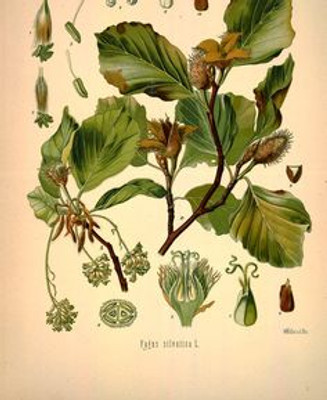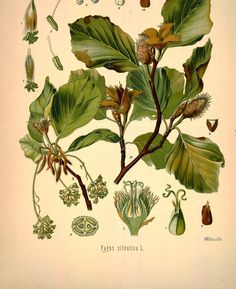Slippery Elm as an herbal supplement
Apr 8th 2020
Ulmus rubra, the Slippery Elm, as sited in Wikipedia, is a species of elm native to eastern North America (from southeast North Dakota, east to Maine and southern Quebec, south to northernmost Florida, and west to eastern Texas). Other common names include Red Elm, Gray Elm, Soft Elm, Moose Elm, and Indian Elm.
Slippery Elm (Ulmus fulva) is known for its bark, which is an excellent digestive herb rich in trace minerals, manganese, iodine, protein and soothing mucilage. It is a very highly respected herb in naturopathic circles and is regularly used in holistic remedies to improve the health of the digestive tract.
Traditional Medicinal Uses
The mucilagenous inner bark of the slippery elm has long been used as a demulcent, and is still produced commercially for this purpose in the United States with approval for sale as a nutritional supplement by the U.S. Food and Drug Administration. A tea brewed from the inner bark helps ease a sore throat and irritated stomach – in addition to other mucous membranes. Sometimes slippery elm leaves are dried and ground into a powder, then made into a tea. Both slippery elm gruel and tea are said to soothe the digestive tract.
Other Uses
- The wood of the slippery elm is used for the hubs of wagon wheels, as it is very shock resistant owing to the interlocking grain.
- The tree's fibrous inner bark produces a strong and durable fiber that can be spun into thread, twine, or rope useful for bow strings, ropes, jewelry, clothing, snowshoe bindings, woven mats, and even some musical instruments.
- Once cured, the wood is also excellent for starting fires with the bow-drill method, as it grinds into a very fine flammable powder under friction.


